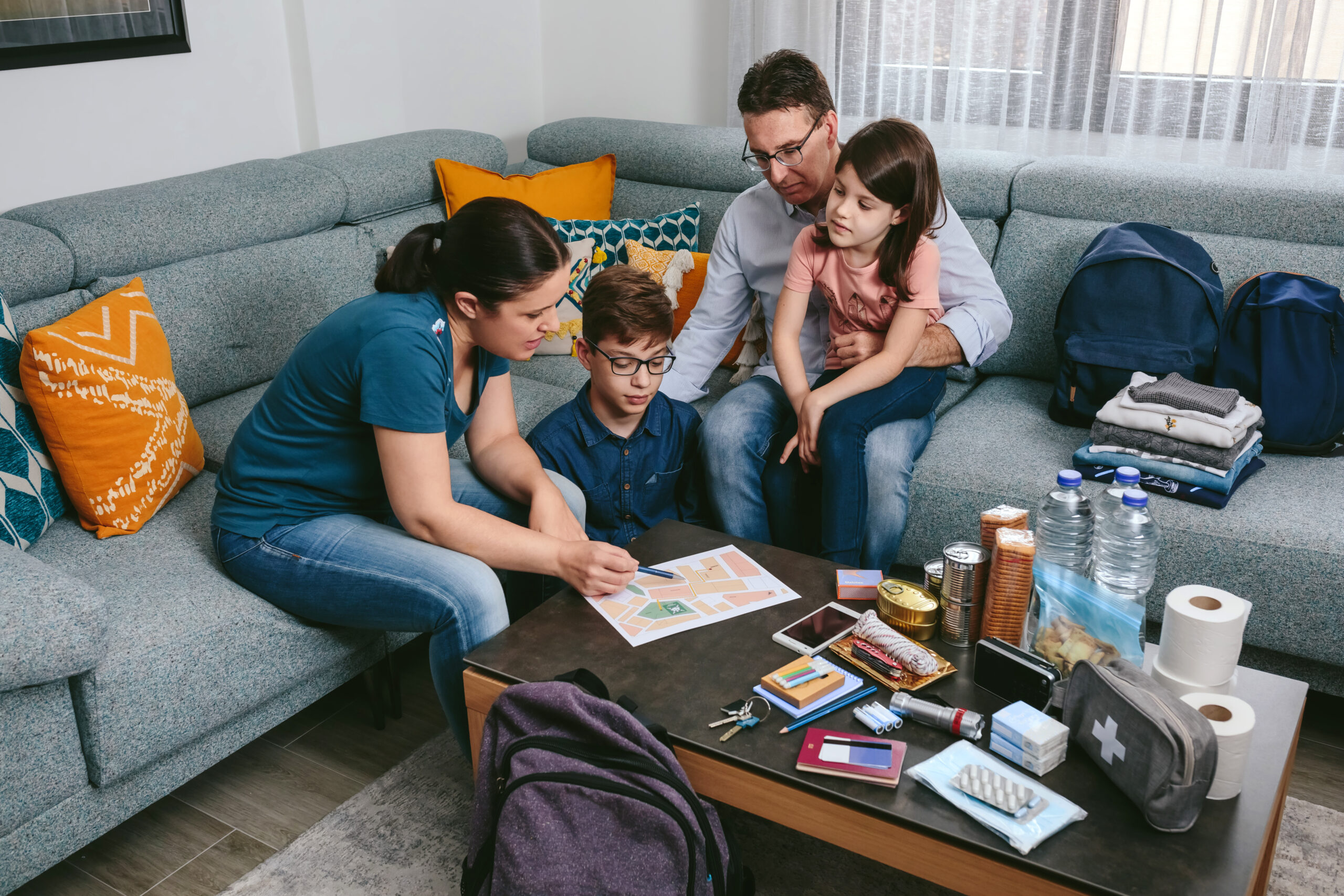Introduction to Emergency Planning
As a devoted caregiver responsible for the well-being of a senior family member who has chosen to age in place, it’s imperative to prioritize emergency planning. Emergencies, whether medical crises or natural disasters, can pose significant challenges for seniors living at home. In this article, we will explore essential steps and strategies for effective emergency planning specifically tailored to seniors aging in place.
Why is Emergency Planning for Aging in Place Important?
Emergency planning for seniors aging in place is vital for several reasons:
- Safety: It ensures the safety and well-being of your loved one during unforeseen events.
- Peace of Mind: Having a well-thought-out plan in place provides peace of mind for both caregivers and seniors.
- Minimized Stress: Proper planning reduces stress during emergencies, allowing for a more controlled response.
- Preservation of Independence: Seniors can maintain their independence and age in place confidently with a solid emergency plan.
Ten Steps to Be Prepared
1. Develop a Comprehensive Emergency Plan
Begin by creating a comprehensive emergency plan, which includes:
Emergency Contacts: Maintain an easily accessible list of essential contacts, including doctors, neighbors, family members, and local emergency services. Ensure both you and your loved one have access to this list.
Medical Information: Keep updated records of your loved one’s medical conditions, medications, allergies, and any special needs. Make copies of vital medical documents.
Evacuation Plan: If applicable, create an evacuation plan. Identify accessible escape routes and establish a meeting place for family members or caregivers.
2. Assemble a Well-Stocked Emergency Kit
Prepare a well-stocked emergency kit that includes:
Medications: Ensure an adequate supply of essential medications is readily available.
First Aid Supplies: Include bandages, antiseptics, scissors, and any necessary medical supplies.
Non-Perishable Food and Water: Store enough food and water for at least three days. Opt for easily prepared items catering to any dietary restrictions.
Flashlights and Batteries: Ensure a supply of working flashlights and extra batteries.
Blankets and Warm Clothing: Include blankets, warm clothing, and extra layers to stay warm during power outages or cold weather.
Personal Hygiene Items: Pack hygiene items like soap, toothbrushes, toothpaste, and sanitary supplies.
Important Documents: Keep copies of essential documents such as ID cards, insurance policies, and medical records in a waterproof container.
3. Stay Informed with Local Alerts
To stay properly informed, sign up for local emergency alerts and weather notifications through apps or websites. Additionally:
Emergency Services: Be aware of the non-emergency contact number for local police and fire departments.
Weather Alerts: Stay informed about weather forecasts, especially for severe weather events that could impact your area.
4. Communication Plan
Establish a communication plan to maintain contact during emergencies. Ensure your loved one has a reliable means of communication, such as a cell phone with a backup charger. Agree on a system for checking in with each other and emergency contacts.
5. Regular Drills and Practice
Practice your emergency plan periodically to ensure both you and your loved one are familiar with the procedures. Conduct fire drills, evacuation drills, and communication checks to build confidence and readiness.
6. Consider Assistive Devices
If your senior family member relies on assistive devices, such as a wheelchair or oxygen tank, ensure they are well-maintained and have backup power sources if needed during power outages.
7. Community Resources
Familiarize yourself with local resources that can provide assistance during emergencies. This may include local senior centers, community organizations, and disaster relief agencies.
8. Evacuation Planning
If evacuation becomes necessary, know the locations of nearby shelters that can accommodate seniors and individuals with special needs. Prepare a “go-bag” with essential items to grab quickly in case of evacuation.
9. Stay Calm and Reassure
During emergencies, it’s essential to remain calm and reassure your loved one. Having a plan in place and practicing it can help alleviate anxiety for both you and the senior you are caring for.
10. Review and Update Regularly
Regularly reviewing and updating your emergency plan and supplies is a critical aspect of ensuring its effectiveness over time. As circumstances change, such as your loved one’s health condition, medications, or even the layout of their home, it’s essential to adapt your plan accordingly. Set a schedule for revisiting the emergency plan, conducting drills, and checking the contents of your emergency kit. Consider conducting these reviews at least every six months or whenever a significant change occurs.
Conclusion
In conclusion, being well-prepared for emergencies is a crucial aspect of caregiving for seniors aging in place. By developing a comprehensive emergency plan, assembling a well-stocked emergency kit, staying informed, practicing drills, and considering specific needs, caregivers can ensure the safety and well-being of their loved ones during challenging times. Remember that being proactive and prepared can make a significant difference in the outcome of an emergency situation.




Leave a Reply